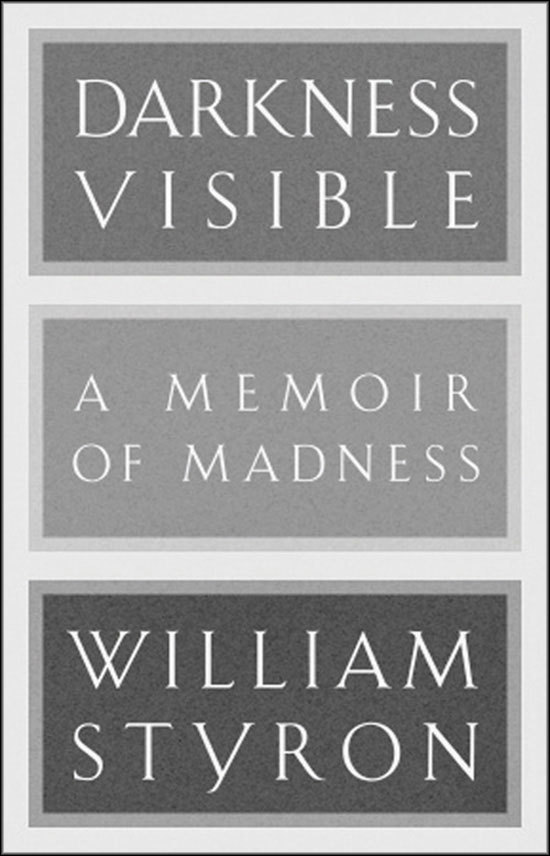William Styron, Darkness Visible: A Memoir of Madness
Last night @craigmod tweeted:
If you cannot begin to empathize with someone taking their own life, I suggest reading Darkness Visible… Styron’s book is only 80 pages. Truly an important read
I picked it up last night and finished it today. Some bits, below.
On the inadequacy of the word “depression”:
When I was first aware that I had been laid low by the disease, I felt a need, among other things, to register a strong protest against the word “depression.” Depression, most people know, used to be termed “melancholia,” a word which appears in English as the year 1303 and crops up more than once in Chaucer, who in his usade seemed to be aware of its pathological nuances. “Melancholia” would still appear to be a far more apt and evocative word for the blacker forms of the disorder, but it was usurped by a noun with a blank tonality and lacking any magisterial presence, used indifferently to describe an economic decline or a rut in the ground, a true wimp of a word for such a major illness.
How part of the problem with depression is that it’s somewhat beyond description, and almost impossible to fathom for those of us who haven’t experienced it:
Depression is a disorder of mood, so mysteriously painful and elusive in the way it becomes known to the self—to the mediating intellect—as to verge close to being beyond description… it has to be emphasized that if the pain were readily describable most of the countless sufferers from this ancient affliction would have been able to confidently depict for their friends and loved ones (even their physicians) some of the actual dimensions of their torment, and perhaps elicit a comprehension that has been generally lacking; such incomprehension has usually been due not to a failure of sympathy but to the basic inability of healthy people to imagine a form of torment so alien to everyday experience.
Styron, however, does what he can to describe it to us:
The pain is unrelenting, and what makes the condition intolerable is the foreknowledge that no remedy will come — not in a day, an hour, a month, or a minute. If there is mild relief, one knows that it is only temporary; more pain will follow. It is hopelessness even more than pain that crushes the soul. So the decision-making of daily life involves not, as in normal affairs, shifting from one annoying situation to another less annoying- or from discomfort to relative comfort, or from boredom to activity- but moving from pain to pain. One does not abandon, even briefly, one’s bed of nails, but is attached to it wherever one goes.



 betzistar
betzistar